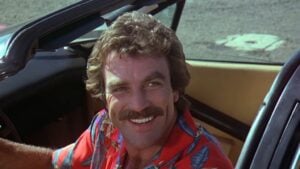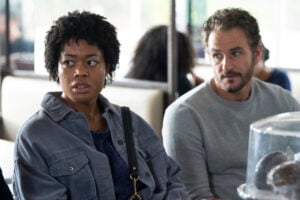It’s true. Doomsday TV has exploded into a genre of its own, captivating audiences with bleak scenarios, moral quandaries, and the steady drumbeat of the apocalypse.
It’s everywhere, from zombie-infested wastelands to dystopian societies on the brink of collapse.
While these narratives can be thrilling, they also come with some emotional baggage.
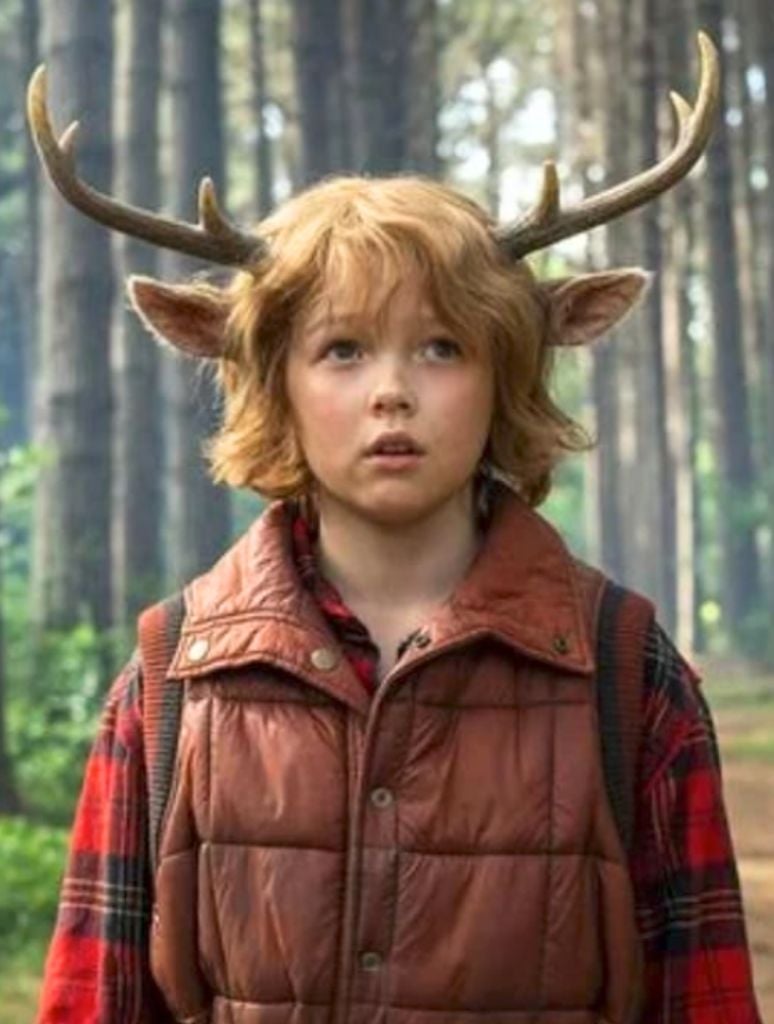
Let’s explore why we can’t seem to get enough of the end of the world — and why it might not be great for our collective psyche.
Doomsday stories tap into something primal: the fear of the unknown.
Shows like The Last of Us and Silo allow us to confront existential dread in a controlled environment.
Watching Joel and Ellie navigate a brutal, post-apocalyptic world offers a way to process anxieties without actually living through them. But let’s be honest: recent years have sometimes felt apocalyptic enough.
These stories often showcase humanity’s remarkable ability to adapt and survive amid the chaos.
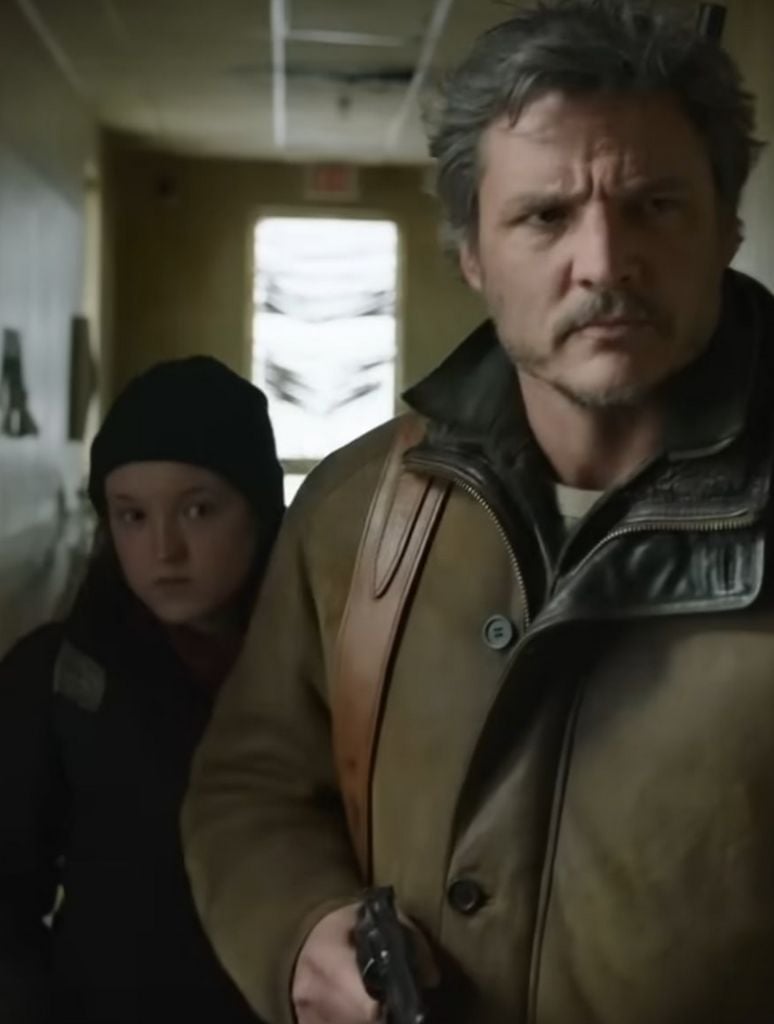
Whether it’s battling zombies in The Walking Dead or enduring the harrowing survivalism of Yellowjackets, these narratives remind us that people keep going, no matter how bleak things seem.
There’s also a strange comfort in stepping away from real-world stress to focus on fictional chaos.
The stakes in these stories are high, the drama is gripping, and it’s weirdly satisfying to root for characters battling alien invasions (Independence Day), dodging asteroids (Deep Impact), or rebuilding society (Designated Survivor).
Nostalgia plays a part, too.
Back in the late ’90s, apocalyptic narratives like Millennium thrived on the collective anxiety surrounding Y2K.
The fear was almost philosophical — what if our technology turned against us? What if the end really was nigh?
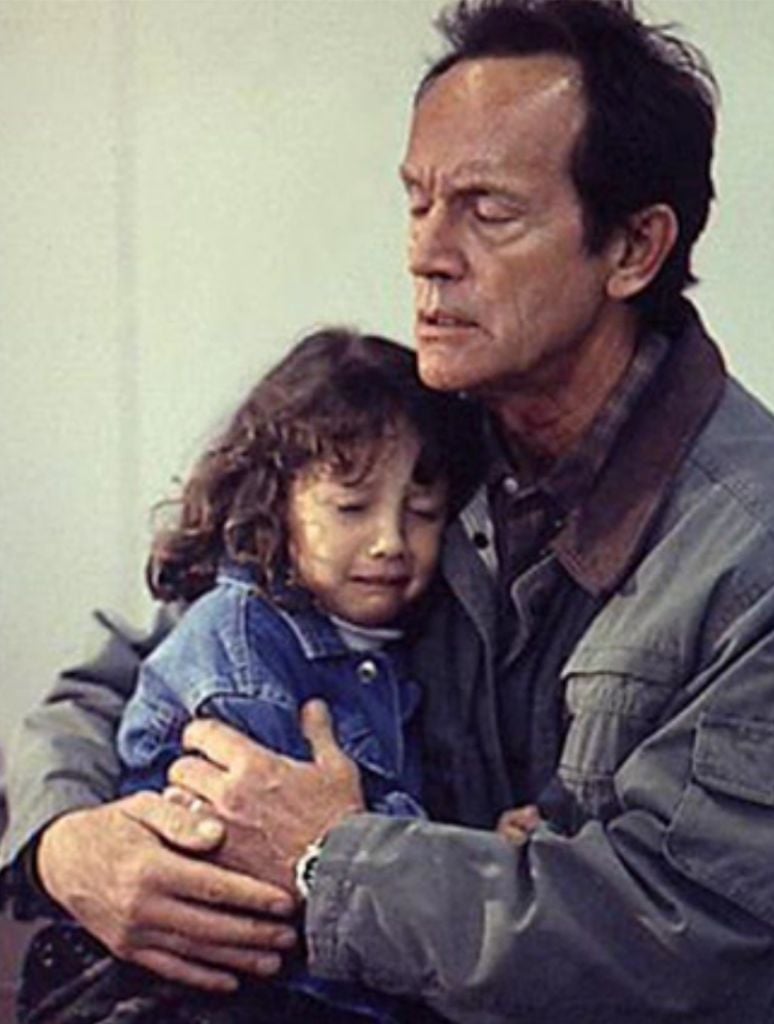
When nothing catastrophic happened, shows like 24 shifted the genre to action-packed optimism, where Jack Bauer didn’t just survive — he saved the day.
Today’s doomsday narratives feel darker and more fatalistic, reflecting a world grappling with climate change, pandemics, and political instability.
It’s no longer “What if?” but “What now?” And it’s so depressing! (No wonder these young kids today are so unhinged! 😉)
Doomsday Across Genres
Apocalyptic themes have evolved to permeate nearly every genre, each offering a unique take on the end of the world.
Science fiction often leads the charge with dystopian worlds that are chillingly plausible. In Silo, humanity survives underground in a society ruled by secrets and strict control.
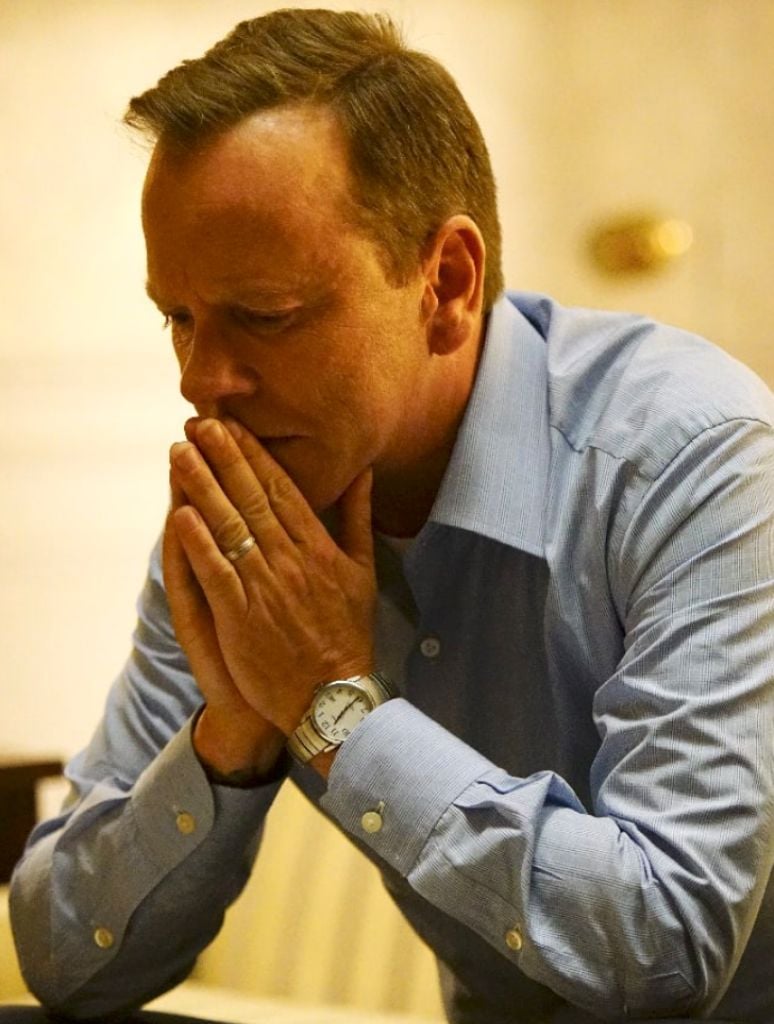
Its exploration of rebellion and the cost of truth resonates with anyone who’s ever questioned authority.
Dramas take a more intimate approach, as seen in The Last of Us, where brutal loss is paired with tender human connections.
It’s not just about survival; it’s about how love and relationships endure in the worst of times.
Horror takes apocalyptic stakes to supernatural heights.
Shows like Supernatural blended end-of-time scenarios with demonic battles, creating a genre mash-up that felt larger than life while still grappling with existential dread.
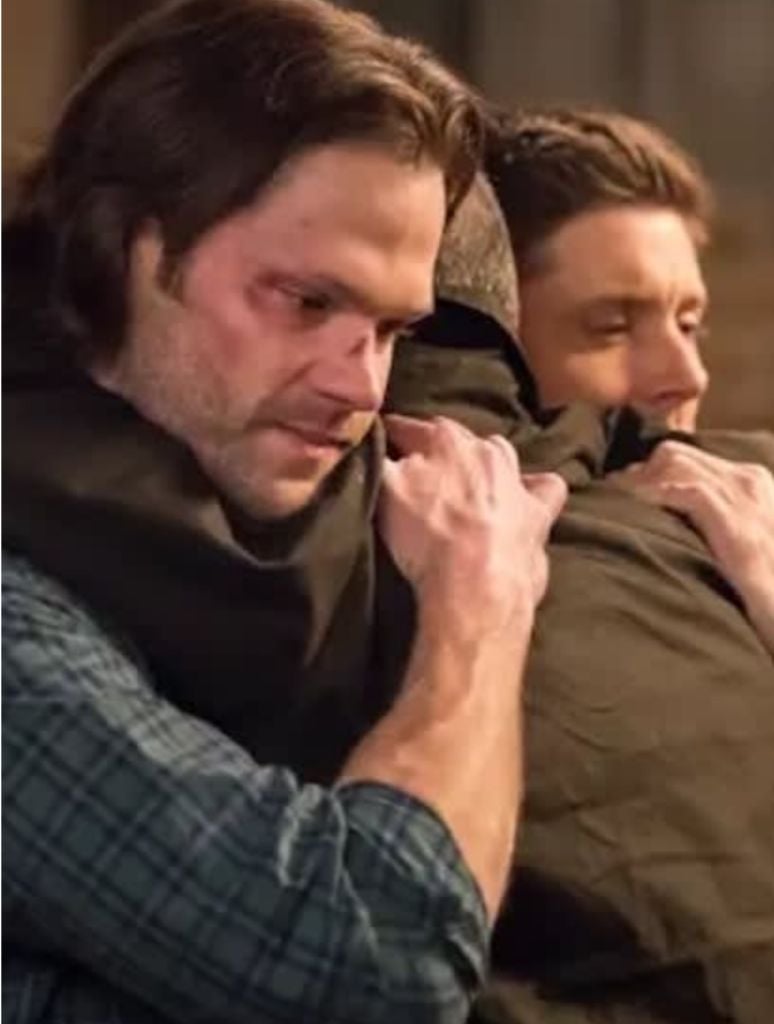
Action and thrillers like 24 captured the urgency of averting societal collapse, giving viewers edge-of-their-seat drama while Jack Bauer raced against the clock.
Meanwhile, survivalist suspense has found a unique home in Yellowjackets, which strips the apocalypse down to a micro-level.
The show’s descent into chaos and madness explores how people create their own doomsday when pushed to the brink, making it just as harrowing as a global catastrophe.
The Downsides of All This Doom
For all its entertainment value, doomsday TV has its pitfalls. The constant barrage of worst-case scenarios can desensitize audiences to real-world crises.
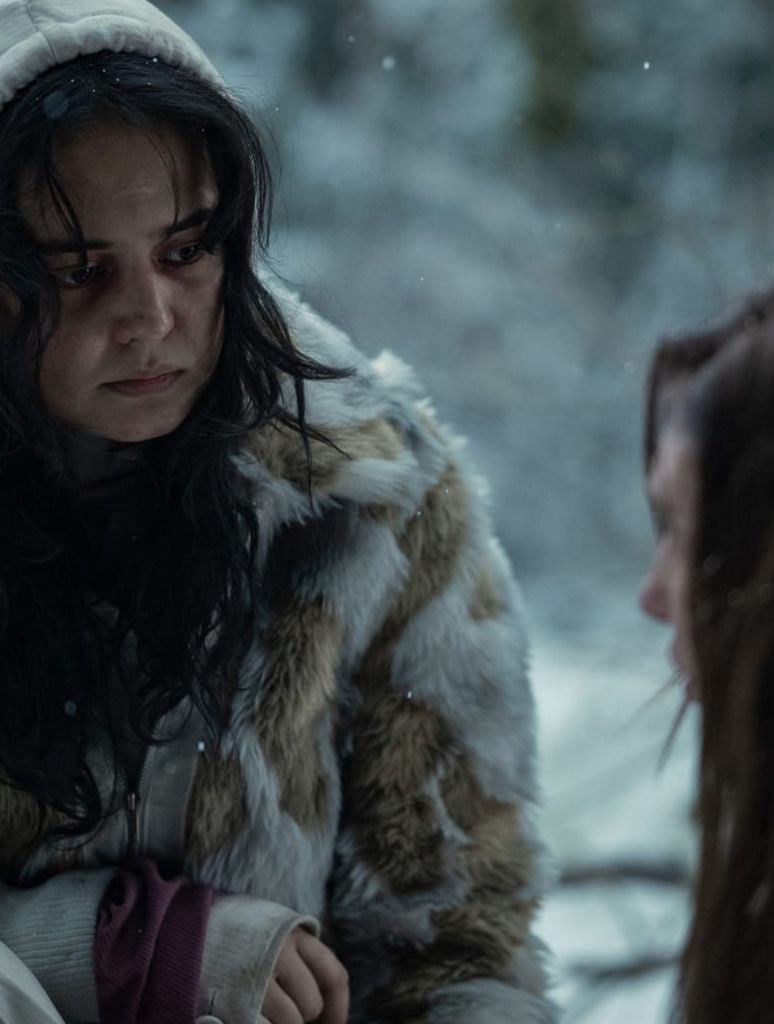
Watching society collapse again and again risks making events like natural disasters or political instability feel like just another episode of The Walking Dead.
For some viewers, it can even amplify existing anxieties.
The relentless focus on pandemics, nuclear war, and environmental disasters might start as escapism but end up dragging people deeper into their fears about the future (and don’t we get enough of that in the news already?).
These narratives can also distort our sense of reality.
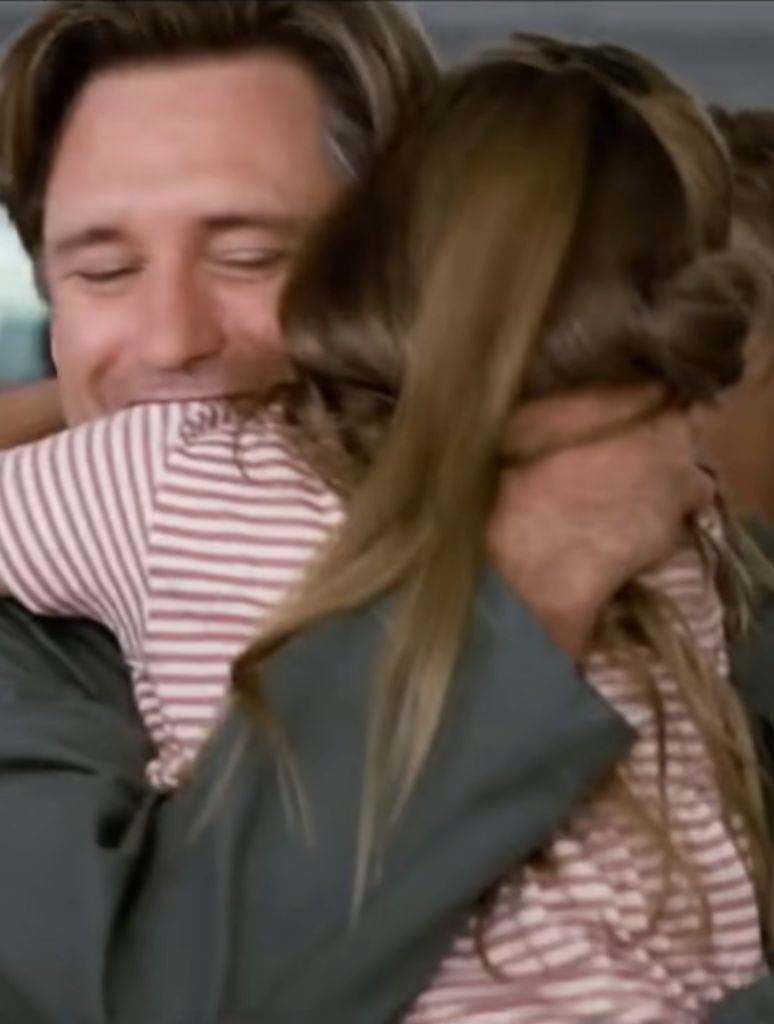
Shows like Silo, The Last of Us, and numerous others paint such vivid pictures of societal collapse that it’s easy to start seeing the world as far more fragile than it is.
Yes, things are messy, but the odds of civilization crumbling overnight? Not as high as these shows might have us believe.
What Happened to Hope?
Doomsday stories weren’t always this bleak.
Earlier apocalyptic tales often left room for optimism. On Independence Day, humanity rallied together to fight back against alien invaders.
Disaster films like Deep Impact balance tragedy with a sense of renewal.
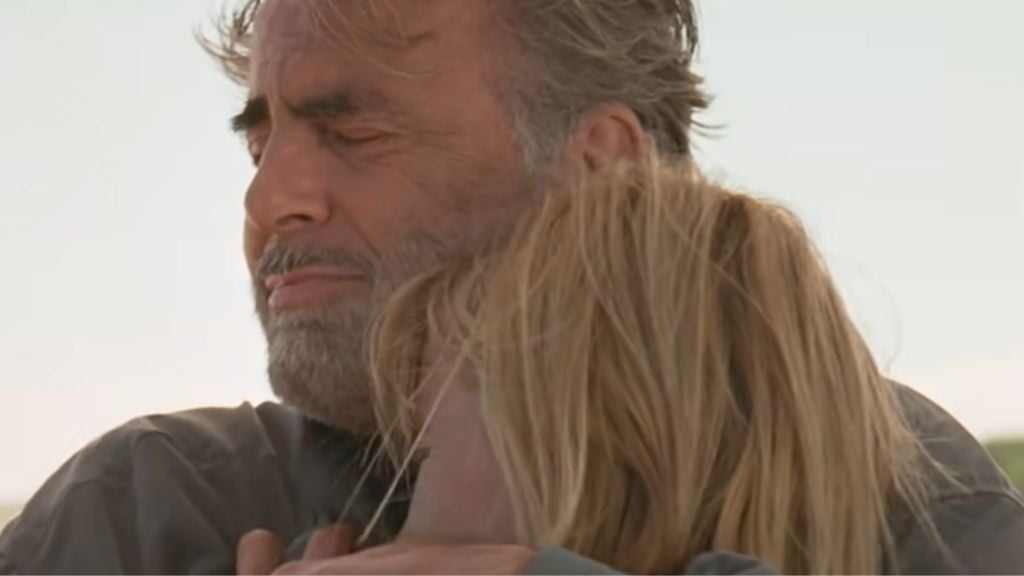
Remember Téa Leoni’s final moment on the beach with her father? Heartbreaking, yes, but it was also a reminder that humanity endures.
Today’s narratives lean hard into nihilism.The Last of Us doesn’t ask, “How do we fix this?” It asks, “How do we survive in what’s left?”
That shift reflects broader cultural pessimism, and while it makes for gripping TV, it can also drain viewers.
But not every show has succumbed to the gloom.
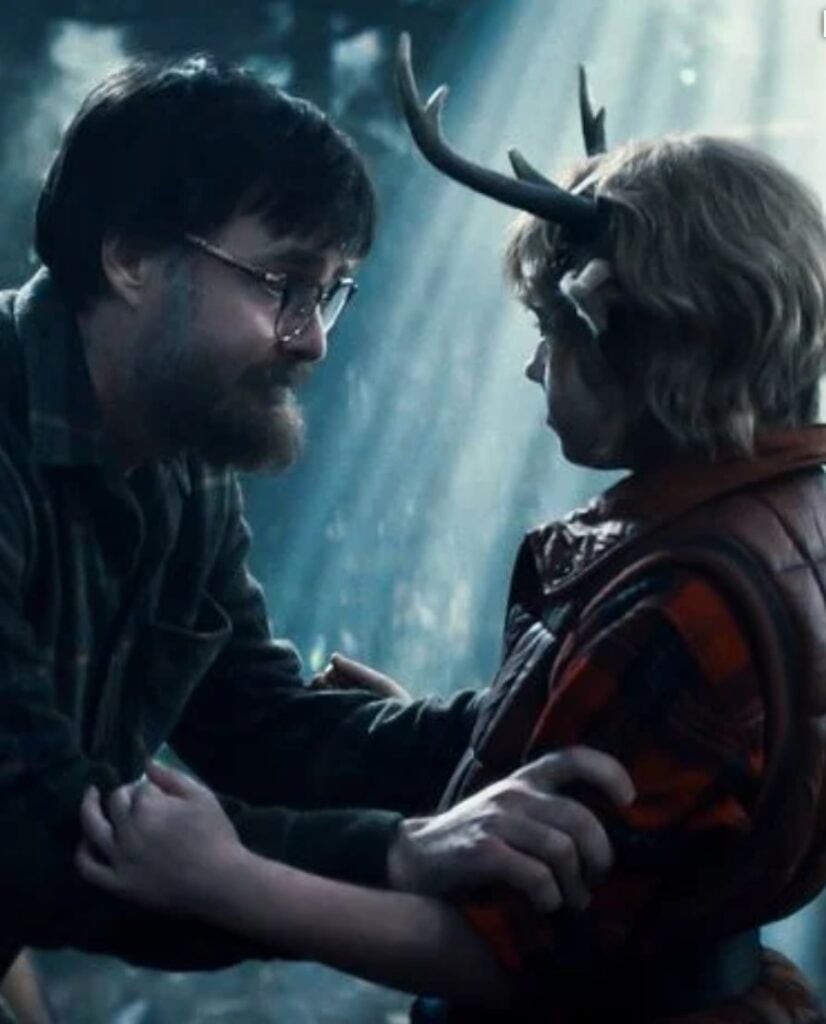
Sweet Tooth offers a refreshing take on the genre. It follows Gus, a boy who navigates a pandemic-ravaged world with a sense of wonder and hope.
His journey is filled with moments of kindness and connection, reminding viewers that light still shines even in the darkest times.
Why We Need a Balance
Doomsday TV will always have a place in our cultural imagination. It helps us process fears, explore resilience, and grapple with big questions about humanity’s future.
But maybe the pendulum should swing back toward stories that leave us with more than existential dread.
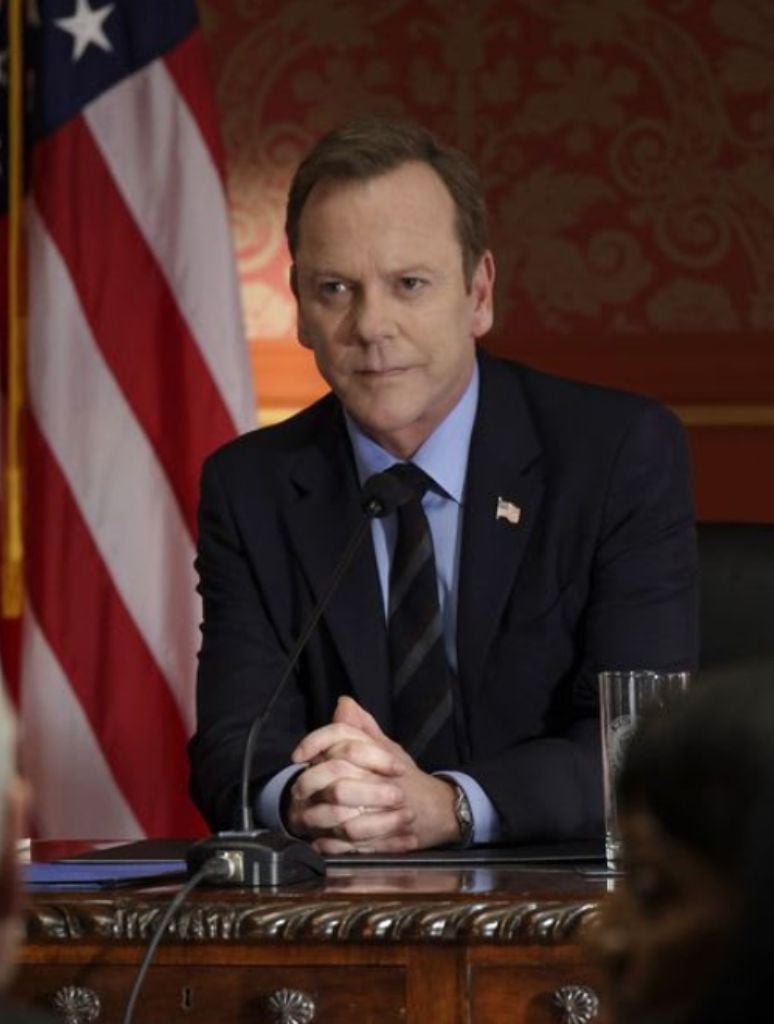
Give us more Designated Survivor, where rebuilding is possible, or Sweet Tooth, where hope thrives in the ruins.
Let’s bring back that early 2000s optimism — the idea that even when the world ends humanity finds a way to start again.
Remember 9/11? Granted, thousands lost their lives that day, but we carried on. Why? Because we’re resilient.
History has shown this to be true. From world wars to economic collapses, history has proven time and again that resilience is part of the human spirit.
We adapt, rebuild, and keep moving forward. It’s a reminder that while challenges may feel insurmountable at the moment, humanity has always found a way to persevere.
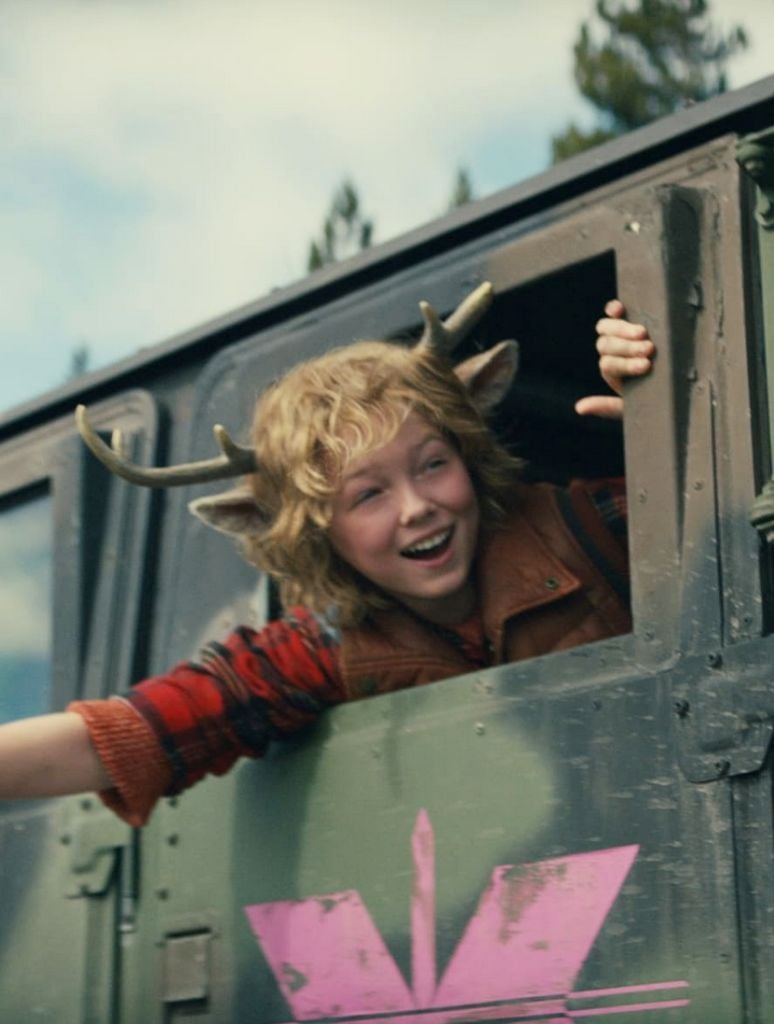
So, what do you think? Are you all in for the doom and gloom, or are you ready for a break from apocalyptic despair?
Let’s hear your thoughts — what’s your favorite doomsday TV show, and does it leave you feeling hopeful or just plain drained?
Drop your picks (and your survival tips) in the comments, and let’s start a conversation about whether it’s time for TV to balance the end of the world with a little more optimism.
After all, if the apocalypse is coming, wouldn’t you rather go out with a smile?
The post Why We’re Hooked on Doomsday TV (And Why It’s Doing More Harm Than Good) appeared first on TV Fanatic.
Source: TV Fanatic

